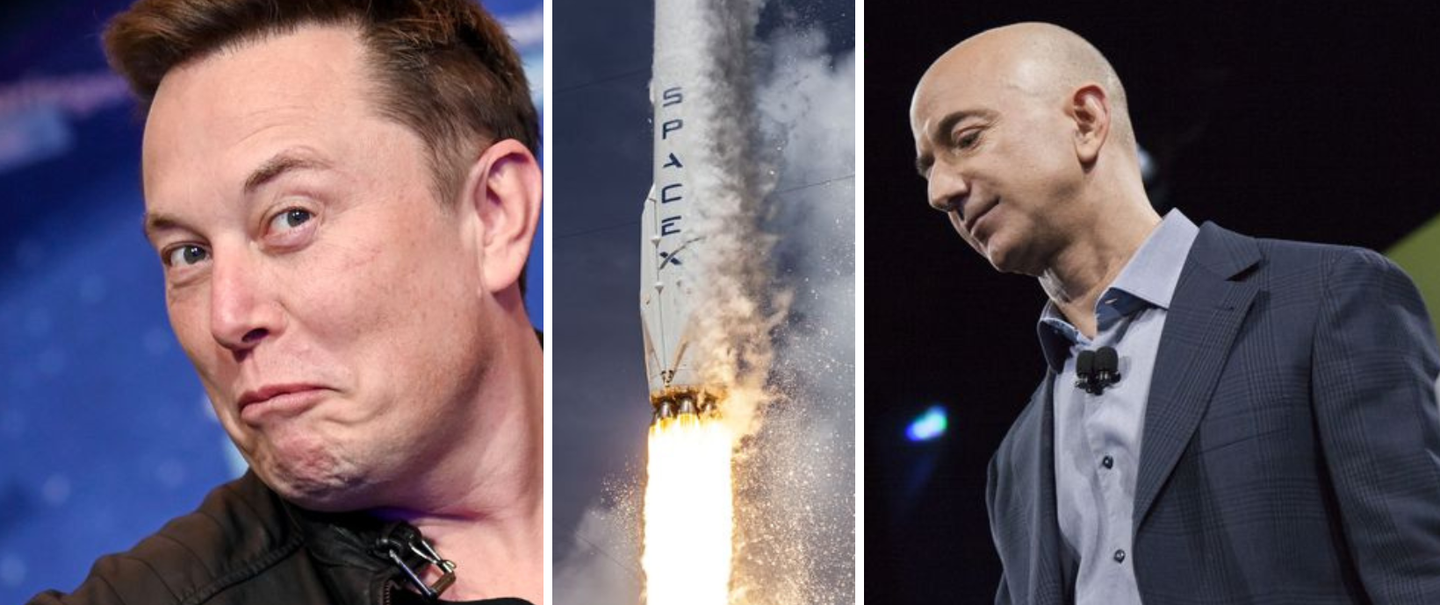Rich and Foolish
Despite the immense potential billionaires have to make positive changes to the world, many choose to spend their fortunes on wildly extravagant and frivolous pursuits. Though some of the world's richest people have amassed fortunes so large that they couldn't be spent in several lifetimes, much of these funds are squandered on projects to inflate egos or provide fleeting amusement.
From chasing immortality to collecting private islands, here are nine examples of excessive and wild expenses by some of the world's richest elite.


















